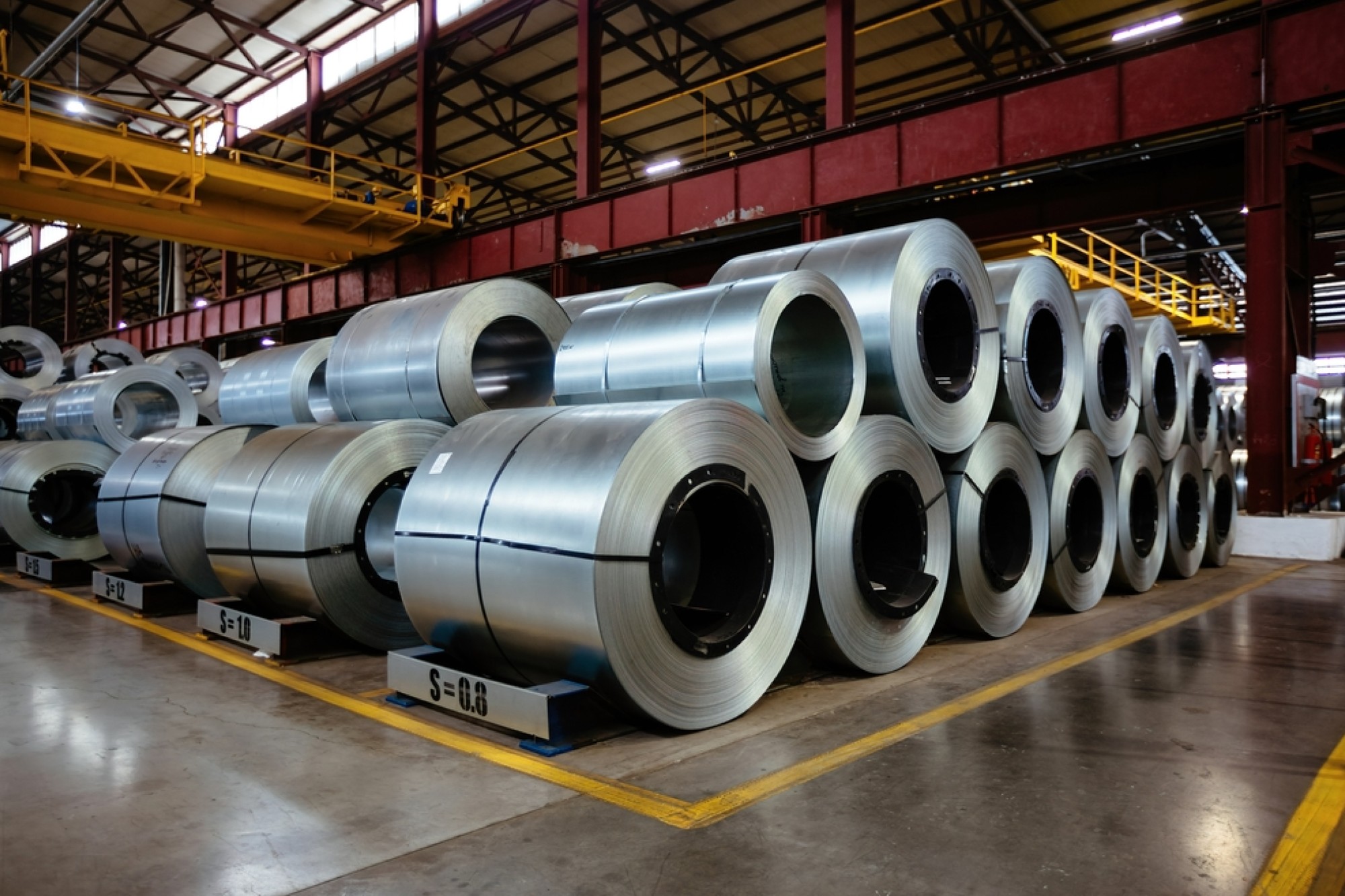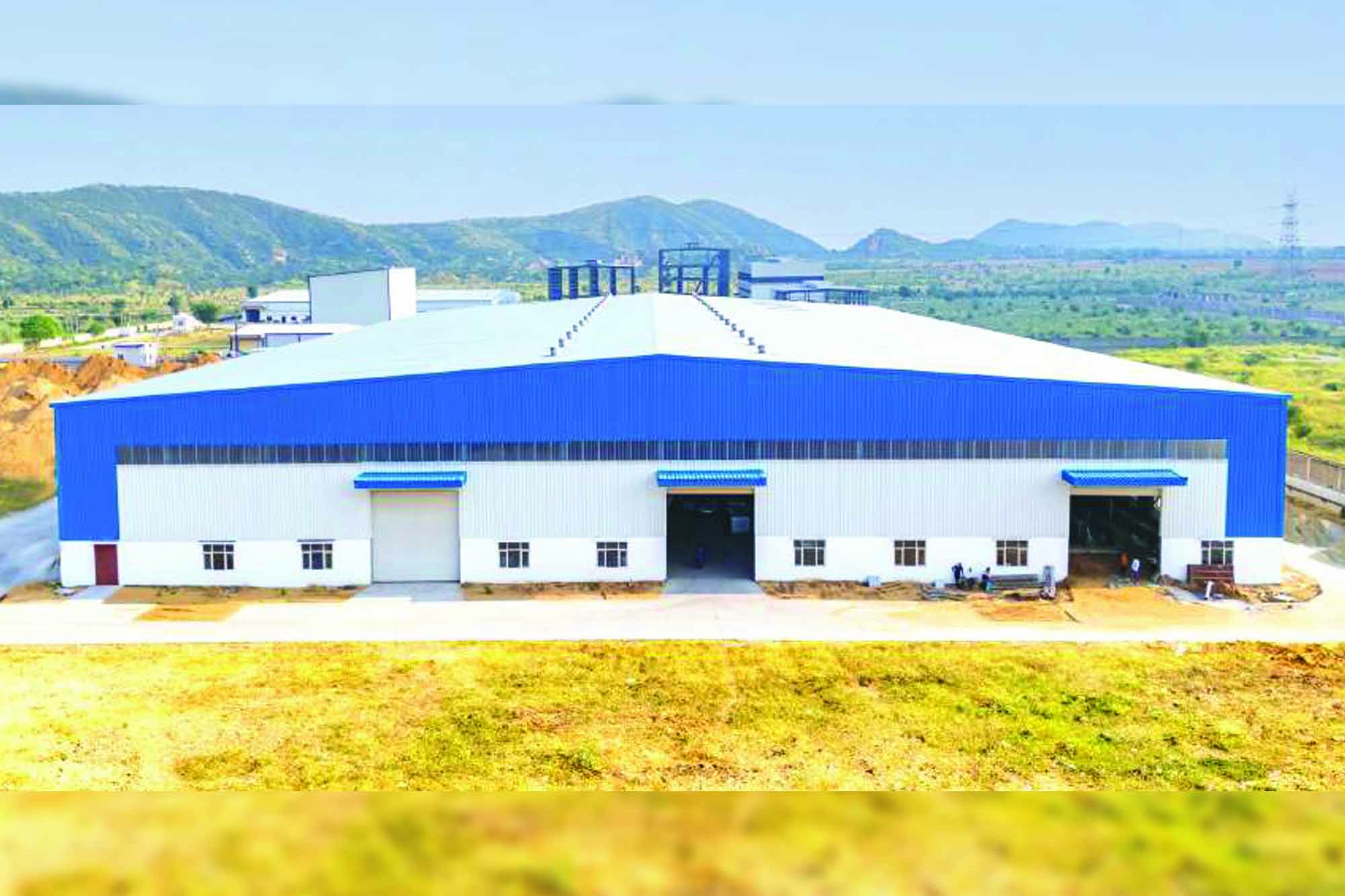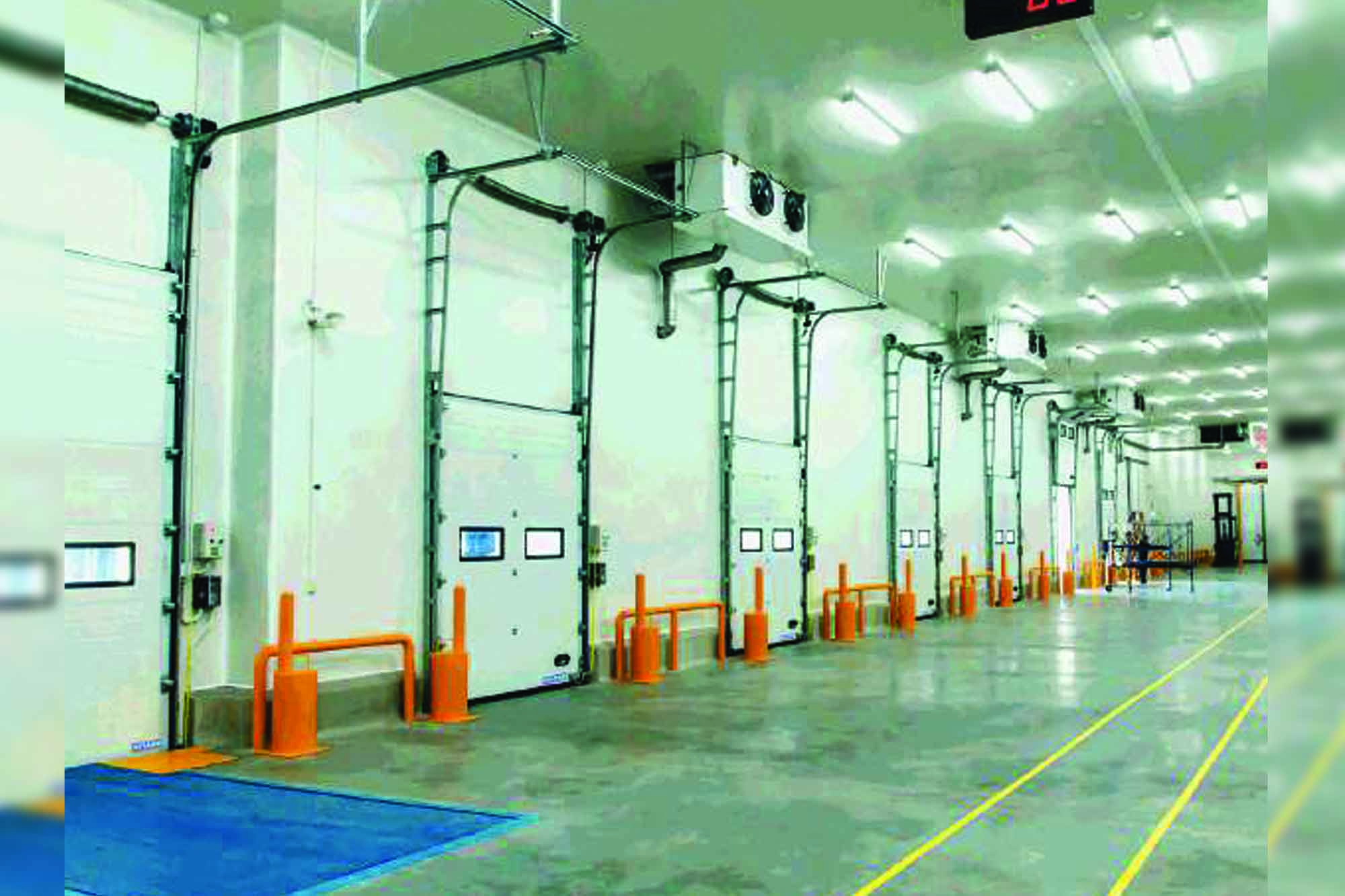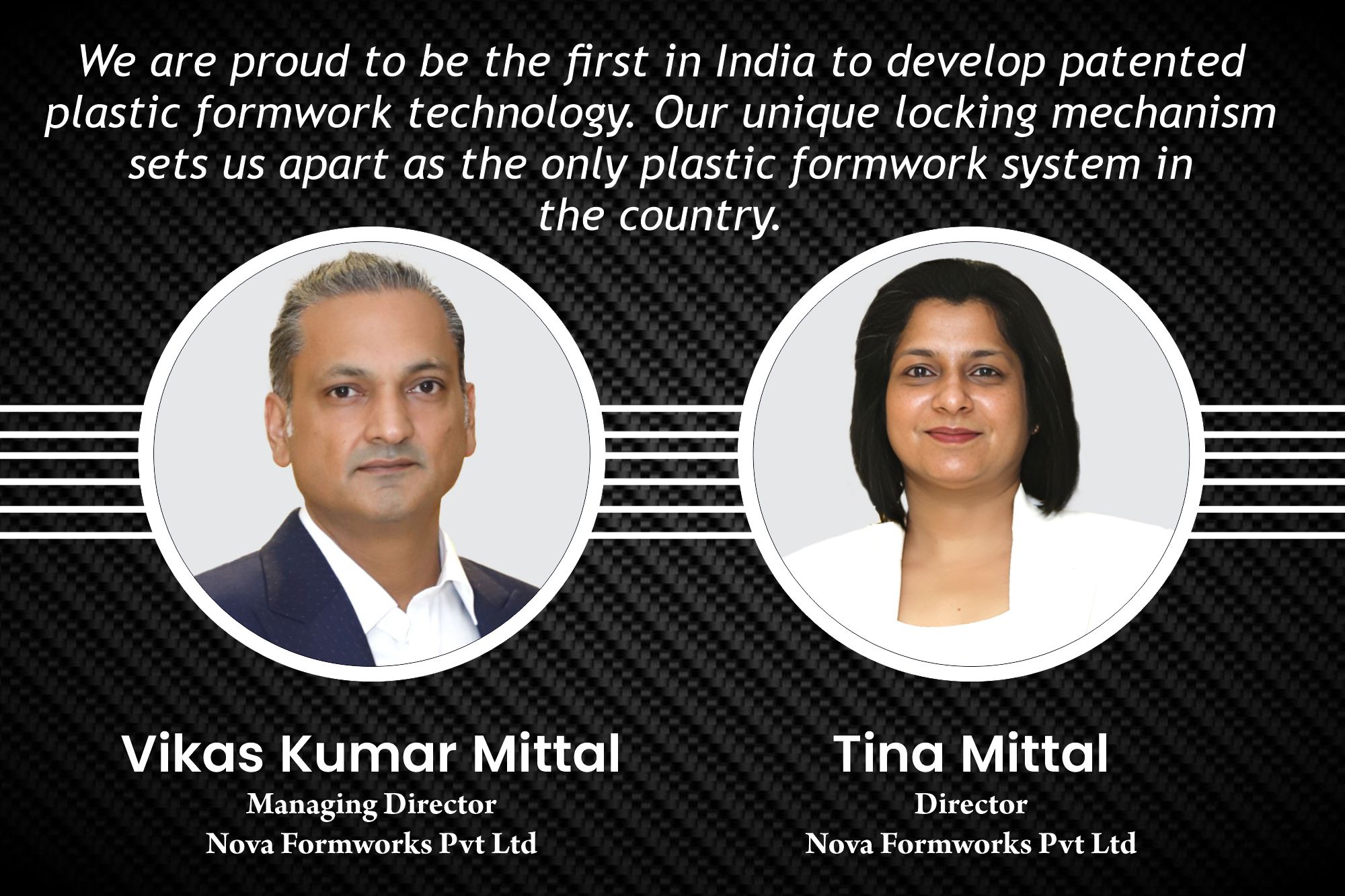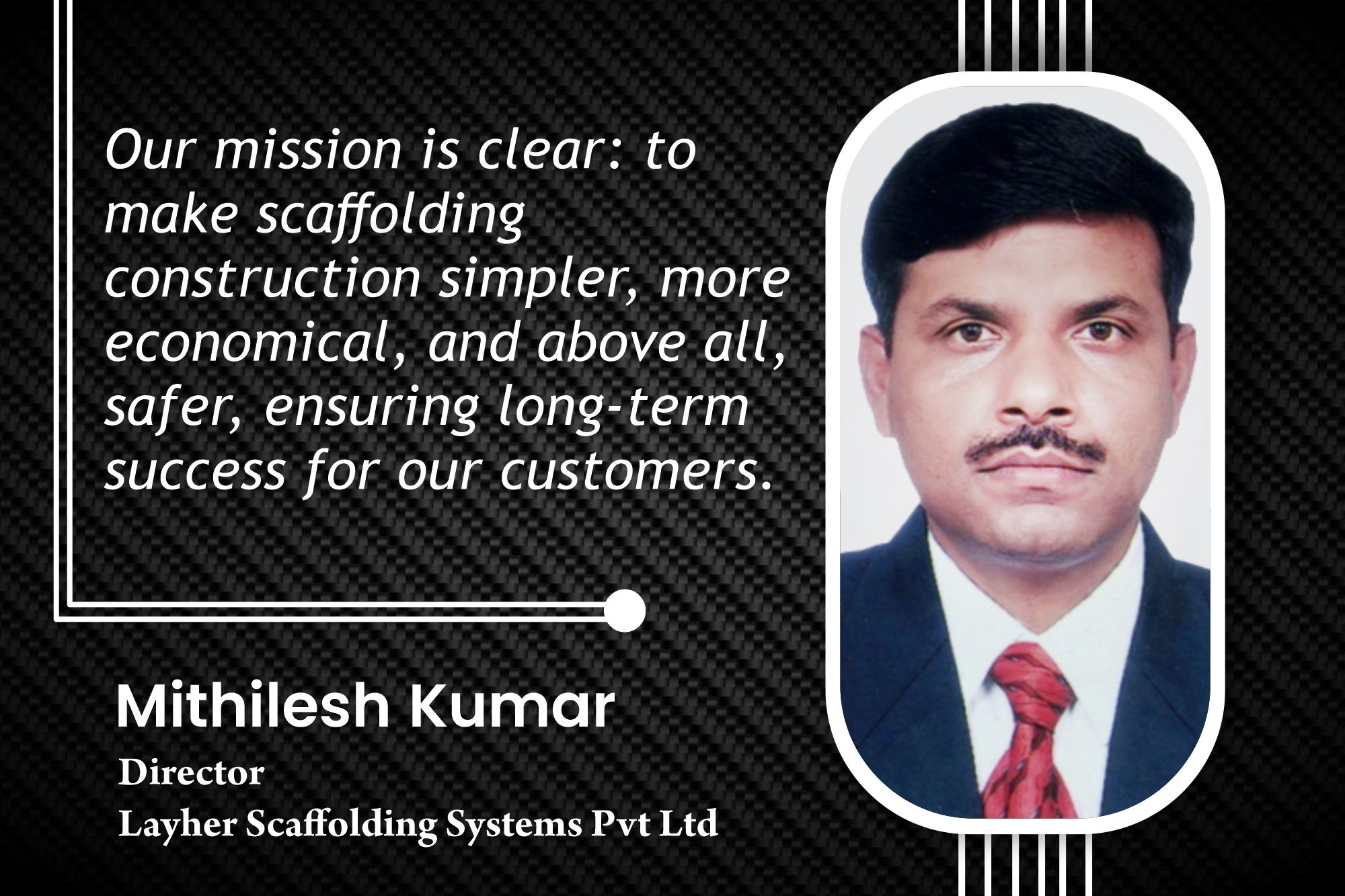Enhancing durability of everyday concrete
By Edit Team | September 20, 2016 6:45 am SHARE
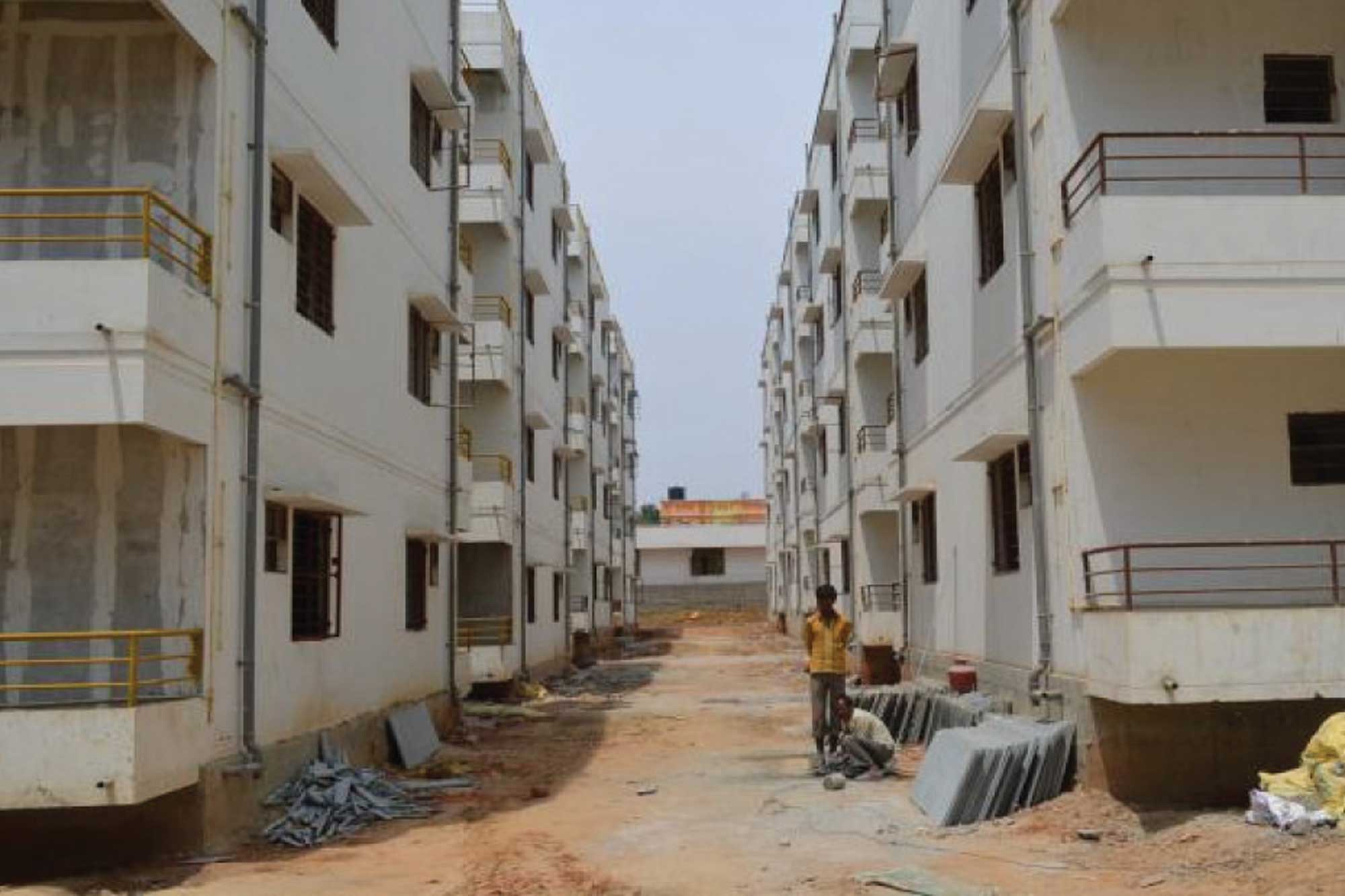
Smart Dynamic Concrete (SDC) is an innovative concept in concreting. Today it is possible to achieve self-consolidation properties using a lower amount of cementatious material without detrimental effect in concrete
It is essential that every concrete structure continues to perform its intended function – that is maintained its required strength and serviceability, during the specified or traditionally expected service life. It follows that concrete should be able to withstand the processes of deterioration to which it is expected to be exposed. Such concrete is said to be durable.
Cause of inadequate durability
Inadequate durability manifests itself by deterioration which can be due to either external factors or internal causes within the concrete itself. The various actions can be physical, chemical, or mechanical. It should be observed that the physical and chemical processes of deterioration can act in a synergistic manner. For these reasons, it is sometimes difficult to assign deterioration to a particular factor, but quality of concrete in the broad sense of word, though with a special reference to permeability, nearly always enters the pictures. Indeed, with the expectation of mechanical damage, all the adverse influences on durability involve the transportation of fluids through the concrete. For this reasons consideration of durability require an understanding of the phenomena involved.
Transportation of fluid in a concrete
There are three fluids particularly relevant to durability which can enter concrete: water, pure or carrying aggressive ions, carbon dioxide and oxygen. They can move through the concrete in different ways, but all transportation depends primarily on the structure of the hydrated cement paste. As stated earlier, durability of concrete largely depends on ease with which fluids, both liquids and gases, can enter into, and move through, the concrete; this is commonly refers as permeability of concrete. Permeability refers to flow though the porous medium. Now the movement of the various fluids take place not only by flow through the system but also by diffusion and sorption. Nevertheless, the commonly accepted term ‘permeability’ will be used for the overall movement of fluids into and through concrete excepted where, for clarity, distinctions between the various types of flow to be made.
Challenges in day to day concrete
It is not enough that a concrete mix is correctly designed, transportation, placing and compaction. It is of utmost importance that the concrete must be placed in a systematic manner to yield optimum results. As stated earlier the permeability is a major factor for durability of concrete and it is related to density of concrete. The density of concrete is majorly affected due to the improper compaction of concrete.
The creation of durability of concrete structure required adequate compaction by skilled workers. However, gradually reduction in skilled workers and availability of workers in construction industry has led to reduction of quality of construction. One solution for achievement of durable concrete structure independent of construction of quality of work is the use of self-consolidate concrete, which can be compacted into every corner of formwork, purely by means of its own weight and without need of vibrating compaction. The necessity of these types of concrete is proposed by Prof. Okamura in 1986. Studies to develop self-compacted concrete, including fundamental study of workability of concrete have been carried out by Ozawa and Meakawa at university of Tokyo (Ozawa 1989, Okamura 1993 and Meakawa 1999).
Self consolidating concrete (SCC) has tremendous benefits over traditional vibrated concrete to increase overall efficiency and durability of concrete. But the picture is quite different in a day-to-day concrete requirement. Why this big difference? In today’s context of everyday concrete, almost 70 -80 per cent of the traditional vibrated concrete classes are between M20 to M35 MPa. The usage of SCC in day-to-day concrete requirement is limited because of several reasons as follows:
• Increase the initial cost since SCC has a higher unit content of powder compared to the traditional concrete.
• The sensitivity of SCC to variation in the mix proportion can lead to higher production cost. The variation in moistures content of the aggregate especially of the sand can significantly the stability of SCC.
When a concrete producer has to supply SCC they deliver much higher strength than ordered. This is due to higher fines content necessary for achieving the particular properties of SCC. Those fines are usually provided by cement and pozzolanic material that are readily available at the batching plant. The excess of cement content and extra amount of fines required for SCC requirement compliances as per EFNARC guideline add cost to production. The reduction of total fines content and of cement content would lead to decrease in unit cost of SCC as long as self-compaction properties are maintained. SCC is used for conditions, where high density of reinforcement is used and high strength are required. The use of SCC goes through the designer specification, when the reliability of design characteristics and durability has to be assured in the concrete structure. The high fines content SCC has a higher plastic viscosity and which are suitable for heavily reinforced structure, and they have more than 350 Kg/m3 of steel as per JSCE recommendation.
Today, to convert the strength classes to classical SCC is a big challenge, especially to maintain balance between stability and fluidity of the concrete. Smart Dynamic Concrete (SDC) is an innovative concept in concreting and it is possible to achieve self-consolidation properties using a lower amount of cementatious material (fines) without detrimental effect in everyday concrete.
SDC are characterised by higher yield value and lower plastic viscosity and are suitable for light reinforced structure where the amount of reinforcement less than 100 kg/m3 and classified as Rank 3 in JSCE recommendation. This type of concrete of typically of structure where the concrete of strength M20 to M35 is used and this is major grade used in construction sites.
Concept of SDC
The SDC is suitable to upgrade high slump concrete to a higher performance level with self-compacting characteristics and is as easy to produce as standard concrete.
It allows the ready mix industry to reach better construction process economy, higher concrete durability and increased energy efficiency in order to save time and money and reduce CO2 emissions.
BASF’s MasterMatrix is an essential component of the SDC concept. It consists of water soluble polymer witch modifies the rheological properties of concrete mix. Tailored mode of action when used in conjunction with one of BASF’s MasterGlenium product, MasterMatrix brings a level of viscosity to the mix that allow the right balance between fluidity, passing ability and resistance to segregation apparently opposing properties to be achieved.
Mechanism of action
The unique mix design optimisation now possible allows the substitution of concrete paste quality by concrete paste quality to achieve self-compacting properties and concrete stability at the same time.
MasterMatrix is based on BASF proprietary, intelligent (smart) high molecular weight ionic polymer which interacts among them and mainly with water molecules, generating water envelop, therefore building up a highly structured cement-paste.
An additional mechanism of action that strengthens the effectiveness of the system is the simultaneous absorption of MasterMatrix molecules on more than one fine particle of the cement or fine sand, leading to a bridging phenomenon which generates an even more powerful molecular network.
Comparison of traditional vibrated concrete vs SDC
This data is generated on one of the site where we have converted traditional vibrated concrete in SDC. This is a M35 grade of concrete and evaluated based on physical and mechanical properties of concrete. Over and above conducted durability parameter in terms of water permeability, water penetration and rapid chloride ion penetration test.
Conclusion
• SDC is designed to upgrade high slump concrete to become self-compacted concrete.
• The centrepiece of this concept is MasterMatrix, a high performance viscosity modifying agent (VMA) which allows for a quantum leap in concrete robustness.
• SDC combines the advantages both traditional vibrated and SCC.
• SDC improves durability criteria over traditional vibrated concrete.
• This concept makes unique mix design optimisation (by reducing fines) possible.
• SDC adds economical, ecological and ergonomic values to concrete and has the potential to move the market up to the next level of advanced construction practice.
Authored by__
Amol Anand Patil,
Product Manager-Admixture System,
BASF India Limited
Cookie Consent
We use cookies to personalize your experience. By continuing to visit this website you agree to our Terms & Conditions, Privacy Policy and Cookie Policy.



